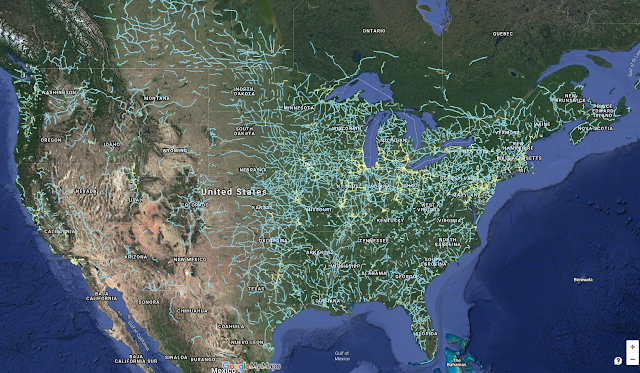UTA's "S" Line, A Railroad Reactivation

Utah Transit Authority , or UTA's, S Line, otherwise known as the Sugar House Streetcar , is an example of a railroad line reactivated post abandonment. The streetcar runs a 2 mile back and forth route in the Sugar House neighborhood of Salt Lake City along a once abandoned Denver & Rio Grande Western/Union Pacific right of way known simply as the Sugarhouse Branch . It connects to Central Pointe Station , where riders can connect to the rest of Salt Lake City's light rail system. Image: Robert Holman, 2014 The line was passed down to Union Pacific, who abandoned the line in 2005. Much earlier, the line actually connected Salt Lake City with Park City along a similar path that I-80 follows in the Parley's Canyon. ( Right of way - make sure the reactivations layer is checked to view this line, it is turned off by default) The project of converting the line into a streetcar began construction in 2009, and opened in 2013. Some of the former rails are still located adjac...






